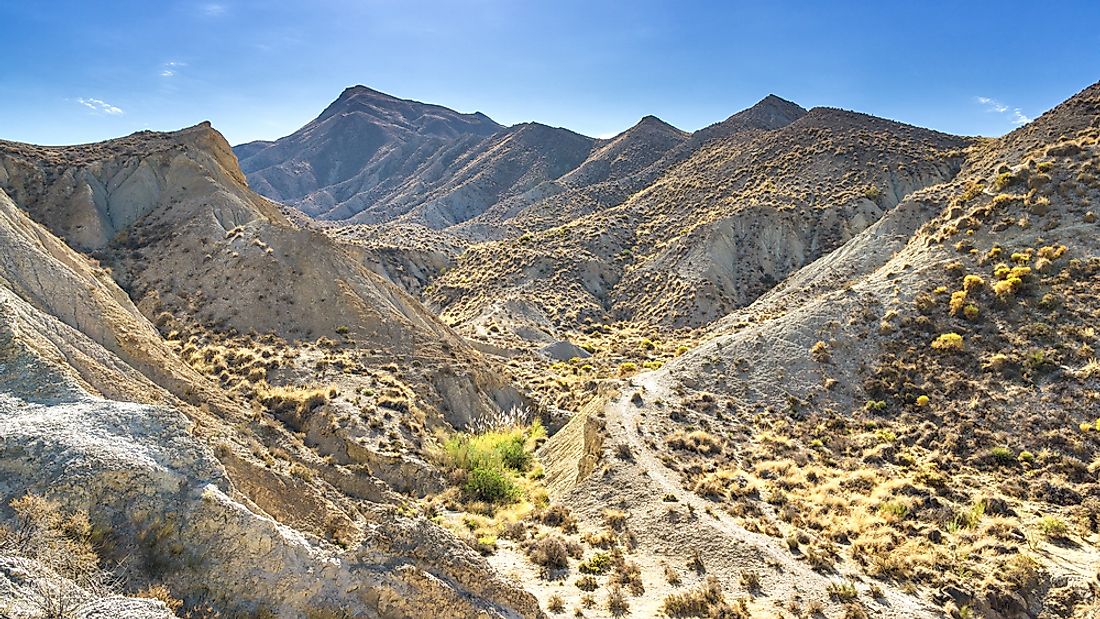What is a Desert Climate?

Desert or arid climate is experienced in arid regions and it is characterized by very low precipitation, ranging between 25 mm and 200 mm annually. In some deserts such as Arica in Chile, the average annual rainfall is about 1 mm. In some years, some deserts may experience no rainfall at all. Some areas that experience precipitation exceeding 200 mm annually but lose more water through evapotranspiration also fall under the desert climate.
Variations of Desert Climates
There are two main variations of this climate, the hot desert climate and the cold desert climate. The third variation, which is not as common as the first two, is the mild desert climate. Isotherms are used to determine the various types of desert climates. The most common and accurate one is an average annual temperature of 180C. If the mean annual temperature of an arid region falls above the isotherm, the region is classified as a hot desert with a hot desert climate. Cold deserts are areas whose mean annual temperatures fall below the isotherm. Other isotherms used to differentiate desert climates are 00C or an average temperature of -30C during the coldest month. 180C is mostly used because it gives a more accurate insight into the temperatures of an arid region throughout the year.
Hot Desert Climate
Areas that experience hot desert climates are found within the 300 N and 300 S latitudes. This belt is known as the subtropical ridge, and it is an area of high atmospheric pressure. Generally, the climate in these areas is hot, dry, and sunny throughout the year. In summer, the maximum temperature may soar to 400C and the hottest regions sometimes experience temperatures exceeding 450C. The annual average temperature in hot deserts is usually very high, at times surpassing 300C. Nights are generally colder than days and during the coldest months of the year, night-time temperatures may drop to freezing point. The cold nights are due to excessive loss of radiation beneath the clear desert skies.
Examples of regions that experience the hot desert climate are the Kalahari Desert in Southern Africa, the Sahara Desert in North Africa, the Arabian Desert in the Middle East, the Thar Desert in south Asia, the Simpson Desert in Australia, and the Sonoran Desert which lies between the United States and Mexico.
Cold Desert Climate
Cold desert climates are mainly found in temperate zones, usually on the leeward side of high mountains. The peaks block moisture-bearing winds from advancing into these regions, hence restricting precipitation. They occur at higher altitudes compared to hot desert climates. Summers in cold desert climates are hot and dry while winters are cold, dry, and they also lack snow. Deserts that experience this climate are drier than those that lie within the hot desert climate.
Examples of regions within the cold desert climate are the Gobi Desert in Mongolia, the Patagonian Desert in Argentina, the Kaptana Desert in Central Asia, the Karagiye Depression in Kazakhstan, the Great Basin Desert in the United States, and the Tabernas Desert in Spain.











